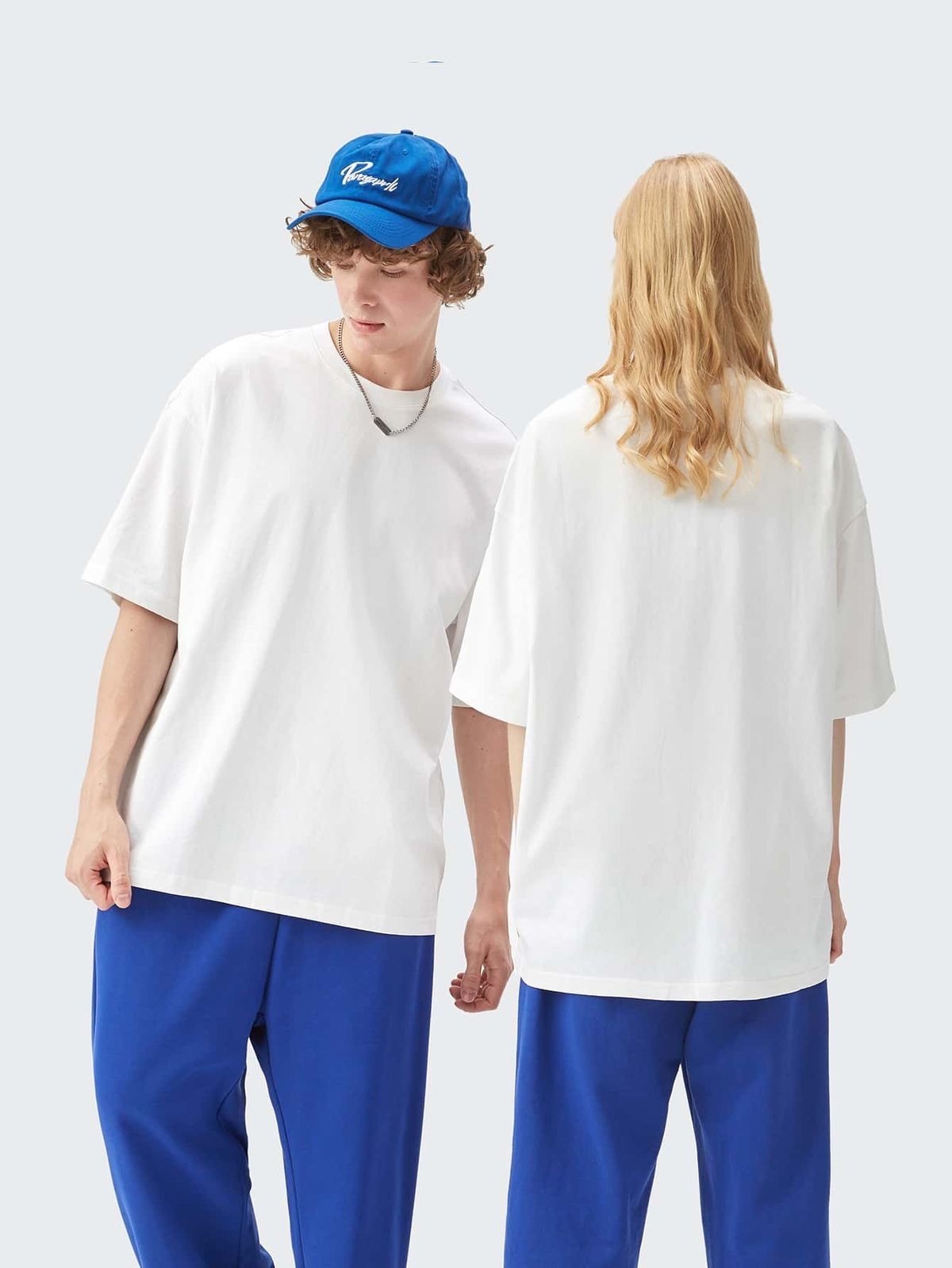Blog
The Soul of Style: Fashion as Human Expression, Cultural Evolution, and Global Dialogue

Fashion is one of the most vivid, immediate, and intimate ways in which human beings express themselves. From the earliest days of civilization to the hyper-digitalized present, clothing has always been more than a means of covering the body. It is a reflection of values, an assertion of identity, a record of time, and a language of personal and collective narratives. In its essence, fashion touches every aspect of life: the private and the public, the political and the emotional, the aesthetic and the functional. It exists in the spontaneous creativity of streetwear and in the meticulous craftsmanship of haute couture. It lives in tradition and in rebellion, in silence and in statement. This essay explores the profound depth and scope of fashion, viewing it not only as an industry but as an evolving social organism—one that reveals who we are and who we might become.
At its most fundamental level, fashion is a response to the human desire for expression. Before it was institutionalized into trends and collections, clothing was a form of storytelling. In ancient societies, garments signaled religious roles, marital status, occupation, or spiritual beliefs. In tribal communities, patterns, dyes, and fabrics were chosen not merely for their beauty but for their symbolic meanings. A feather, a belt, a woven design—they carried the weight of generations, myths, and moral codes. Clothing was a physical manifestation of abstract ideas. It still is. Today, when someone chooses what to wear, they are participating in a modern continuation of that ancient ritual. They are saying something about themselves—consciously or unconsciously—about who they are, how they feel, what they value, and how they wish to be seen.
Fashion is therefore inextricably linked to identity. It allows people to explore, assert, or conceal parts of who they are. For some, fashion is armor; for others, it is celebration. A leather jacket may represent defiance, a tailored suit may express ambition, a flowing dress may embody grace, and a headscarf may signal faith. Importantly, fashion also allows for contradiction. People are not fixed entities, and neither are their wardrobes. Fashion permits play, hybridity, transformation. Through fashion, one can try on new versions of the self, challenge expectations, or escape limitations. This is especially significant in communities where identity is politicized—where race, gender, sexuality, or class carries social weight. Fashion becomes a way to reclaim agency. A queer youth may use clothing to resist binary expectations. A woman in a male-dominated profession may use fashion to redefine authority. A marginalized culture may use traditional garments to assert pride in heritage. These choices, while personal, are deeply political. They affirm the power of fashion not only to reflect identity but to construct it.
Cultural influence is one of fashion’s most complex and rich dimensions. Every piece of clothing is born from a context—geographical, historical, linguistic, spiritual. The sari, the ao dai, the dashiki, the kimono, the poncho—all are garments infused with the stories of the people who made and wore them. They hold knowledge, philosophy, and worldview. Yet in today’s globalized world, cultural fashion crosses borders in unprecedented ways. Designers draw inspiration from cultures outside their own, and international trends blur distinctions between local and global. While this can lead to vibrant fusion and cross-cultural appreciation, it also raises critical ethical questions. When does borrowing become appropriation? Who profits from indigenous designs? How can respect and collaboration replace exploitation? These questions are not just about fashion—they are about power, voice, and justice.
The fashion industry itself is a paradox: a space of immense creativity and imagination, and yet one fraught with inequality and unsustainability. On one hand, fashion is a celebration of art. It fuses design, tailoring, illustration, photography, music, movement, architecture, and performance. It invites collaboration between the tactile and the visual, the conceptual and the material. At its best, fashion provokes, delights, comforts, and challenges. It can make the body a canvas, a stage, or a sculpture. On the other hand, the industry that supports this artistry is often driven by profit at the expense of ethics. Fast fashion thrives on overconsumption, underpaid labor, and environmental degradation. Entire ecosystems have been polluted by dyeing factories. Garment workers, mostly women in the Global South, labor under unsafe conditions for meager wages. Consumers are enticed to buy cheaply and discard quickly, perpetuating a cycle of waste and invisibility. This dissonance—the beauty of fashion versus the harm of its production—is one of the central tensions of our time.
In response, a growing movement for sustainable and ethical fashion has emerged. Brands are exploring alternatives: organic fibers, biodegradable fabrics, closed-loop systems, fair trade certifications, and supply chain transparency. Designers are reviving traditional craft techniques, reducing carbon footprints, and promoting slow fashion. Consumers, especially younger generations, are embracing second-hand shopping, upcycling, and conscious consumption. This is more than a trend—it is a transformation. It signals a shift in how we understand fashion, not merely as a commodity but as a relationship. What we wear is not separate from the world; it is part of the web of life. Each shirt, each shoe, each button carries a story of resources, labor, transport, and desire. To wear something with awareness is to recognize that story, to honor the hands that made it, and to consider the future it implies.
Technology is reshaping every aspect of fashion, from creation to consumption. Digital design software enables designers to visualize and prototype with unprecedented speed and precision. 3D printing opens new realms of possibility for materials and structure. Smart textiles can adjust to body temperature, respond to touch, or track health data. Augmented reality allows consumers to try on clothes virtually, while artificial intelligence personalizes recommendations and forecasts trends. Fashion shows now take place in virtual worlds, with avatars strutting down digital runways. NFTs and blockchain are redefining ownership in the world of digital fashion. These innovations blur the line between the physical and virtual, the real and imagined. They challenge traditional definitions of clothing and open new conversations about identity, privacy, creativity, and sustainability in the digital age.
Psychologically, fashion plays a crucial role in how individuals navigate their emotional lives. Clothes can empower or restrict, comfort or provoke, soothe or energize. The act of dressing is often deeply emotional. A favorite outfit can lift the spirit. A uniform can provide a sense of belonging. A costume can liberate hidden desires. Fashion rituals—preparing for a date, dressing for an interview, shopping with friends—are often intertwined with key moments of self-discovery and social connection. Moreover, fashion can heal. For people recovering from trauma, illness, or identity crises, fashion can offer a way to reconnect with the body, reclaim autonomy, or rebuild self-esteem. It allows people to curate their own narratives, to take control of how they present themselves to the world, and to find joy in transformation.
Academically, fashion has gained increasing recognition as a subject worthy of serious study. Scholars explore its intersections with gender theory, postcolonial critique, media studies, and philosophy. Fashion history traces shifts in silhouette, material, and ornamentation alongside broader societal changes. Museums and galleries now host major fashion retrospectives, treating garments as cultural artifacts. Biographies of designers are read alongside those of painters and poets. Fashion journalism has evolved from trend reporting to in-depth analysis. These intellectual engagements confirm what wearers have always known intuitively: that fashion is not trivial. It is a vital form of cultural production, a mirror of the human psyche, and a powerful force in shaping values and perceptions.
Fashion is also a powerful engine of economy and labor. It employs millions of people worldwide, from textile farmers to models, from pattern-makers to digital marketers. It drives innovation, influences urban development, and shapes global trade patterns. Fashion weeks generate tourism, media coverage, and business deals. Small brands fuel local economies, while global conglomerates influence international policy. As the industry faces mounting pressure to change, its economic power must be wielded with responsibility. Equitable labor, environmental justice, and inclusive representation must become not exceptions but standards.
Ultimately, fashion is a dialogue—between the self and society, the past and the future, the inner and the outer world. It is a question and an answer, a gesture and a declaration. It is how a mother wraps her child in a handmade blanket. It is how a teenager defines their place in the world with a thrifted jacket. It is how communities celebrate festivals, grieve losses, and mark transitions. It is how people dream. Fashion is not separate from life—it is life, woven in thread and imagination.
In conclusion, fashion is among the most vibrant, complex, and revealing aspects of human civilization. It defies simple definition because it is always in motion, always responding to the currents of thought, emotion, and transformation. To understand fashion is to understand change, power, memory, and hope. It is to appreciate the delicate interplay between beauty and ethics, between the individual and the collective. As we move further into a future shaped by technology, climate change, and social evolution, fashion will continue to be both a reflection and a tool. A tool for resistance and reinvention. A reflection of our deepest questions and our boldest dreams. Fashion, in all its forms, remains one of the most powerful ways we tell the story of being human

